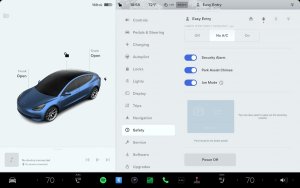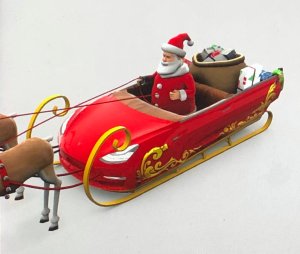Tesla's Earnings Call Recap - HW3 Upgrade, Unsupervised FSD, FSD V14 and More
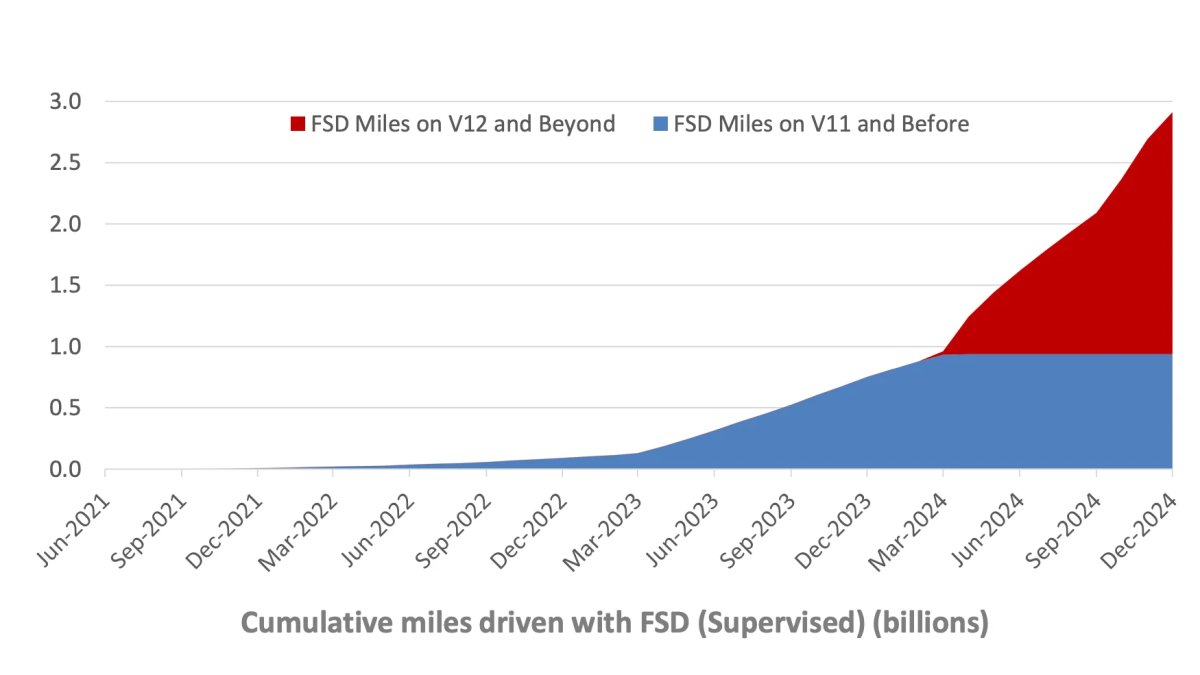
If you missed Tesla’s 2024 Q4 earnings call or just want to review everything that was shared, don’t worry - we’ve got you covered. Below is a list of all the key points made during the call, which includes the popular Q&A session with Elon Musk and other executives. We broke down the information into several categories for easier reading.
If you prefer, you can also listen to Tesla’s earnings call on demand.
Overall Finances
Tesla’s total revenue increased 2% year-over-year in Q4, to $25.7B.
Tesla saw growth in Energy Generation, Storage, Services, and Other product/service groups
Tesla saw growth in vehicle deliveries
Tesla had higher regulatory credit revenue (likely due to pressures from credits ending soon)
Reduced Model S, 3, X, and Y average sales price (ASP), leading to increased sales
Attractive financing options, including 0% financing, spurred additional sales
Tesla’s operating income decreased 23% YoY in Q4, down to $1.6B
That is an overall margin of 6.2%
Reduced vehicle ASP impacted margins
Increase in operating expenses driven by AI and other R&D projects
Income increased in:
Energy Generation, Storage, Services, and Other categories
Lower cost per vehicle, including lower raw material costs
Higher regulatory credit revenue
Tesla has $36.6B in free cash, cash equivalents, and investments. This is an increase of $2.9B over last year, primarily the result of $2B in positive cash flows.
Production, Revenue, COGS
Energy storage production has grown YoY since 2023
Growth came from both Megapack and Powerwall
Growth is supply-constrained - Tesla can’t produce them fast enough - both residential and commercial customers are ordering quickly
Tesla delivered over 2 million vehicles in 2024, a new record for production and deliveries (likely includes used or other types of vehicles since total new vehicle deliveries were at almost 1.8m in 2024)
The lowest amount of un-delivered vehicles this year ever, very few vehicles sitting on service center/delivery lots
The Model Y was once again the best-selling vehicle of 2024 - of any kind
Tesla’s current constraint for production is battery packs
Making progress in addressing that constraint
Progress should improve drastically next year and the years after for battery pack production
Tesla grew in volume in China greatly, even though it faces extreme competition in the country
Overall cost per car is down to below $35,000 per vehicle.
All factories will start producing the new Model Y next month
This rapid and unprecedented change could result in an impact on production
Margins will be impacted due to launch-related costs for Q1 and Q2
The referral program had an impact on cost and will continue to do so as the program continues
Tesla doesn’t expect margins for service, but service remains GAAP-positive
New Products
Several new products in 2025
1st half of 2025 - More affordable model is still coming
Per dollar basis, Tesla has the most compelling lineup
Best software in the business, capable of autonomy
Prices comparable to the mass market, products compared to premium competitors
Optimus could potentially launch for commercial use in 2026.
Looking Forward
Tariffs
Uncertainty, focusing on localizing supply chains
Tariffs are very likely, will have an impact on business and profitability
AI is the biggest driver in cost
Tesla increased CapEx by $2.4B
Focused on improving CapEx efficiency, using a targeting manner to get immediate benefits
Build out of Cortex accelerated the rollout of FSD V13
$5B in AI-related CapEx
2025 CapEx expected to be flat
Focus of critical investments will be on manufacturing, AI, and robotics.
These are expected to bear fruit in 2026, 2027, and 2028.
2025 will be a pivotal year for Tesla
Lots of investments continue to be made
Setting the pace for the next phase of growth
Tesla is focusing on maximizing volumes and doubling down (or 10x) on Autonomy and real-world AI.
Elon sees a path for Tesla to be the most valuable company in the world by far - it is a difficult but achievable path
The path means Tesla will be worth more than the next top 5 companies combined
This will be due to autonomous vehicles and autonomous robots
Tesla began laying the groundwork in 2024
Tesla will begin building the manufacturing lines in 2025
“Epic 2026 and ridiculously good 2027 and 2028” - Musk
The future will be coming very fast, the inflection point for human history (autonomy/AI)
FSD and Autonomy
Tesla has achieved exponential progress in FSD
People don’t realize how good FSD is, and many people have no experience with it
Those with previous experience need to try it again - it has improved drastically over the last year
Last year’s experience was with a toddler - this year’s experience is with a grown-up
Passenger cars have 10 hours of utility per week - out of 168 hours a week.
An autonomous car would be of utility for 55 hours a week - about 1/3rd of the week
Autonomous vehicles are useful for both cargo and people delivery
No incremental cost change, just a software update to enable 5x utility
Largest asset-value increase in human history
Bigger than anything else in its history - bigger than the first car, the roadster, the Model 3, the Model Y
Launch of Unsupervised FSD will be a turning point - true, real-world AI that actually works
No company in the world is as good as Tesla at real-world AI
FSD Going Global
FSD works very well in the US, but over time it will work just as well everywhere else
Europe is a challenge due to regulation
Netherlands presents FSD to EU in May, expected to be approved EU-wide then. Won’t happen sooner than May
Unsupervised FSD in Europe could be even further away
China is another challenge - won’t allow training videos to leave China, and US won’t let training be done in China
Tesla is using public videos of Chinese streets on the internet to train Chinese FSD
Bus lanes in China are one of the biggest challenges there due to restrictions based on time, etc - automatic tickets for being in the wrong lane in China
Q4 Safety Report
Continual year-over-year safety improvements for those using FSD
People go to manual driving to check their phone so that they don’t strike out/get beeped at - and then go back to FSD
Significantly less safe than just being on FSD
Tesla is getting to the point where FSD is an order of magnitude safer - already 8.5x safer than a human driver
FSD V14
FSD V14 will be another significant step
Cortex launched at Giga Texas, which is a significant help in training FSD, and Tesla will continue expanding it
Tesla will need 10x the current compute to make Optimus fully useable (a thousand times more complex and a thousand times more use cases than FSD)
Tesla will spend the money on training compute over time, it won’t suddenly spend $500B on compute tomorrow
The cost of training is dropping dramatically with time
FSD V14 will focus on improving neural nets, working with auto-regressive transformers
Model size and context size will continue to grow and scale up
Context size is restricted by on-board memory, and will require optimization
Audio support to be further expanded and become relevant in V14
Data from tricky edge cases gathered by the fleet will help V14 make better decisions
Unsupervised FSD
Unsupervised FSD in Austin, Texas, in June 2025, as a paid robotaxi service.
Already happening at Fremont, will be happening at Austin soon, and other factories later
Cars know what lane they need to go to for pickup/delivery
They drive from the line to their spot and do it reliably every day, thousands of times a day
Teslas will be in the wild, with no driver, as of June
Tesla’s solution is generalized - doesn’t require high-precision maps.
Tesla is starting with Austin to make sure everything is ok and to test the waters, to ensure the safety of the general public and those in the cars
More cities will come in the future
Everywhere in North America by next year
Unsupervised FSD is limited by regulatory issues, not technical capability.
Tesla’s fleet will be using Unsupervised - you won’t be able to bring your own vehicle to Austin and enable it just yet.
Robotaxi fleet will be available to be ride hailed and Tesla will charge for it.
Tesla is still working on the experience - the app, arrival, payment, billing, exiting the vehicle, etc.
In 2026, owners will be able to add their vehicles to the Unsupervised FSD fleet.
Tesla needs to be confident that the probability of injury or accident is extremely low before they allow eyes-off / Unsupervised FSD on customer vehicles
Unsupervised FSD will also happen in California this year - in fact, in many regions of the US this year.
Austin is Tesla dipping their toes into the water to confirm it works and is safe.
Tesla is aiming for a safety level significantly above the average human driver
Standard is very high, if there is even one accident, it will get worldwide headlines, even though 40,000 people die in car accidents every year
Hold-back is an excess of caution
How many times did you have to intervene for definite safety reasons?
Don’t compare to feeling like you had to intervene - Tesla is close to eliminating critical safety interventions being normal. They’re already very rare.
Hardware 3 - Replacement Confirmed
Elon confirmed HW3 will need to be replaced - it will be replaced for free for those who previously purchased FSD outright.
This will be expensive - but it won’t have a massive impact because less people purchased it outright versus subscribing
Tesla still working on HW3 in the meantime - V12.6 is a baby V13 and a significant improvement over V12.5.4.2
HW3 releases will trail AI4 releases for the foreseeable future
Licensing FSD
Tesla is in discussions with multiple major car manufacturers for licensing FSD
Tesla is advising companies to take apart their vehicles, and look at requirements
Cameras, compute, thermal limitations, capabilities and design
Tesla will only sign if the volume is very high - otherwise, it isn’t worth it for Tesla due to engineering constraints
Cybertruck’s FSD limitations are a direct result of this
Interest in licensing FSD will become even higher once Unsupervised FSD becomes proven
Optimus
It is difficult to predict when Optimus will arrive. It is not design-locked for 2025
Tesla is building the tracks, re-designing the train, and designing the station in real-time while putting it all together
Tesla used all custom parts for Optimus because they couldn’t find anything that met their requirements
Constantly improving Optimus - evolving in a good direction
The internal plan is to build 10,000 by the end of 2025 - but that’s optimistic
Tesla will build several thousand at least
They will do useful things by the end of the year - at least within Tesla’s factories.
This is “production design 1”, and use in Tesla’s factories will inform “production design 2” for next year.
Optimus will ramp faster than anything else they’ve ramped - they’ve previously done half an order of magnitude a year - they want to aim for one full order of magnitude per year
100m per year in the far future
Most sophisticated humanoid hand
Optimus will be able to play piano, thread a needle
Extreme level of precision with the hand that no other competitor has gotten close to
Other companies can’t produce thousands or millions of units - they can build one-off hand-build units or a few prototypes
Other companies have extremely limited real-world experience and data
Long term, Optimus can be $10-20B in revenue
More compute means more Optimus, more Optimus means more compute
Tesla doesn’t intend to begin Optimus sales just yet - Elon was careful not to answer questions related to sales and pricing
Tesla wants to use Optimus immediately for the boring/tedious/dangerous tasks around its own factory first
This will help training as well, close the loop for improvement
Production Version 2 - launches middle of next year
Production line to build up to 10K units a month, rather than the current limited production
This could be the version that is potentially sold to companies in the second half of next year
Likely won’t be sold directly to retail customers
The expected ramp is really fast
Demand will not be a problem, even at a high price
At 1m units of production per year, the production cost will be under $20,000 per unit
This is likely several years away
Price will be set by market demand
Semi
Semi Factory just had its roof finished last week
Mechanical equipment will be installed in the next couple of months
Late this year comes the high-volume variant of Semi
Scale production begins end-2025/early-2026
Will meaningfully contribute to Tesla’s revenue next year
There is a shortage of truck drivers in America, and people are humans - they get tired and need breaks
It is a tough job, and lots of people are leaving the profession rather than joining it.
Future logistics problem - autonomy will help to bridge the gap and meet the need for trucking
Semi will likely be a $12B/year endeavor in the future once the ramp is complete
Energy
Tesla sees this as a “down-to-Earth” topic - it's real, and it’s happening now
Storage is a big deal and will become even more important in the future
Total demand for electricity storage will grow massively over time
Enables far greater energy output to the grid than is currently possible
Vast majority of the global grid doesn’t have storage - power plants are designed for high peaks rather than steady energy
Lots of storage will help to increase the energy available - by up to 2x what is available now
Lots of demand for stationary storage, both residential and commercial
Mega Shanghai is going fast
Elon confirms a 3rd Megafactory for stationary storage, but not the location
Tesla will NOT rob from vehicle storage to feed into stationary storage, nor vice versa
Tesla still working on Solar Roof, haven’t given up
Core part of the residential product portfolio
Is a premium product - like the Model S or Model X - and priced like it
New versions of the Solar Roof are being designed and worked on still
Best time to put in a solar roof is either on a new home or a house needs a new roof - solar roof makes sense then
Combined with Powerwall, it makes owners self-sufficient, even if the grid is off for several days
Other Topics
LiDAR is still a crutch
Tesla has radars in the Model S and Model X - they ship turned off
Humans drive without shooting lasers from their eyes - they drive with eyes and a brain.
Digital equivalent is cameras and a neural net
Road system is designed for this, using LiDAR doesn’t help the generalized solution
LiDAR is good for a specific solution - which has to be trained neighborhood by neighborhood
LiDAR doesn’t work in fog, doesn’t work in inclement weather, and doesn’t make sense on roads
SpaceX uses LiDAR, but it's the wrong solution for cars on roads that were made for people
Real-world AI and the US, next 4 years
Talented Americans need to look at making manufacturing cool again in America
Move from law, finance, etc, to manufacturing. Too much talent focused on there
Tesla’s mission of electrifying the world through sustainable transport and energy
It’s inevitable that all transport will eventually be autonomous and electric, including aircraft
Loss of rebates or changes in policy won’t change that
Can’t be stopped, it will eventually happen, just like the internal combustion engine taking over
That’s the complete step-by-step replay of the entire earnings call. It’s a lengthy one, but there was a lot of information shared across all of Tesla’s pillars. There’s a lot to be excited about, from FSD to the next-gen vehicle, Optimus, the Robotaxi network, and more. These next few years will be huge for Tesla and we hope you’ll join us for the ride.











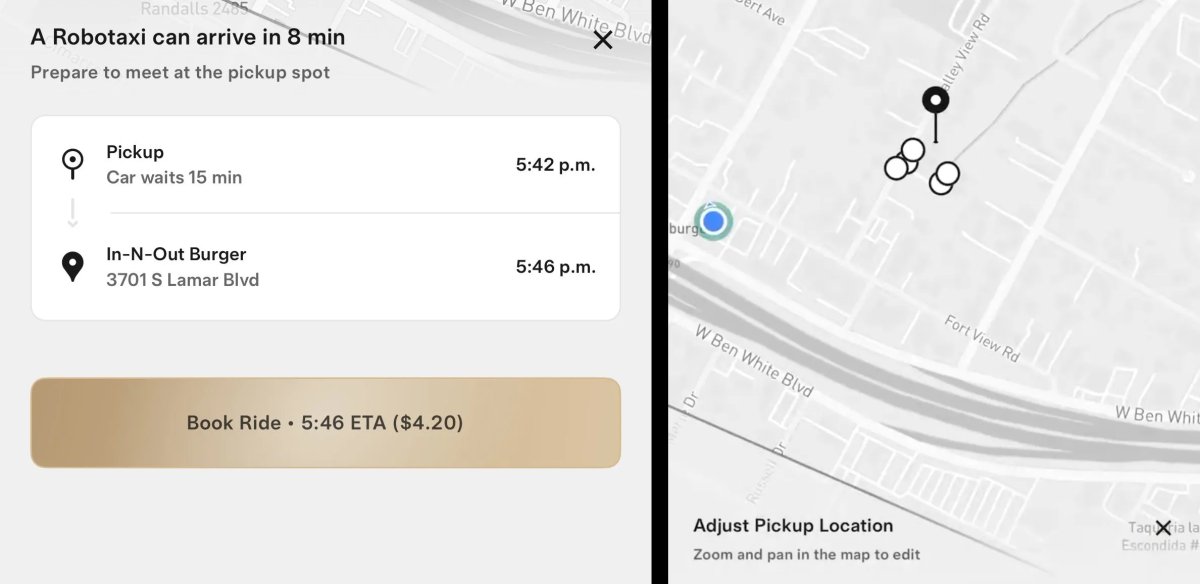

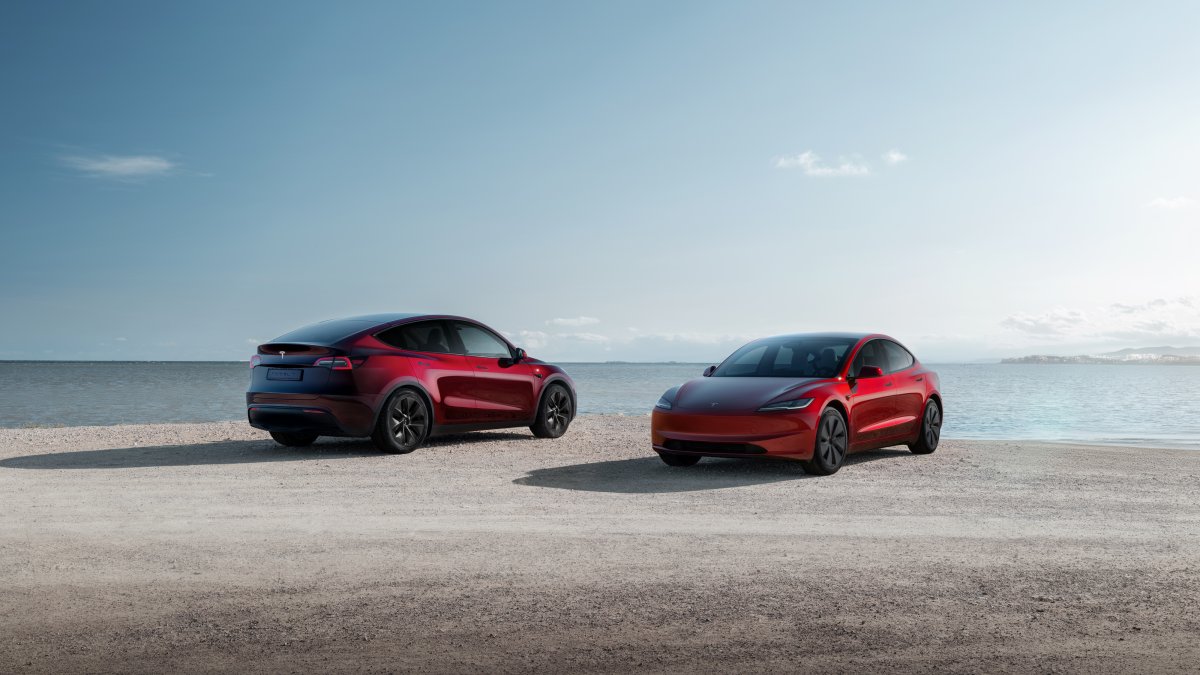
![Tesla Updates Robotaxi App: Adds Adjustable Pick Up Locations, Shows Wait Time and More [VIDEO]](https://www.notateslaapp.com/img/containers/article_images/tesla-app/robotaxi-app/25-7-0/robotaxi-app-25.7.0.webp/4ac9ed40be870cfcf6e851fce21c43b9/robotaxi-app-25.7.0.jpg)

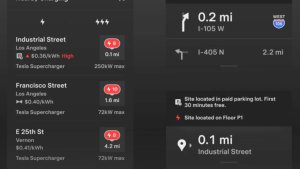
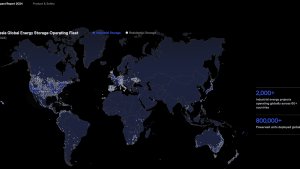
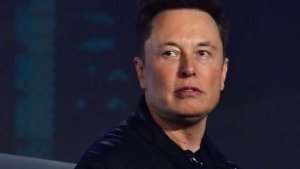
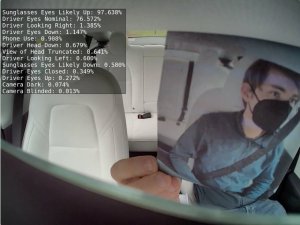
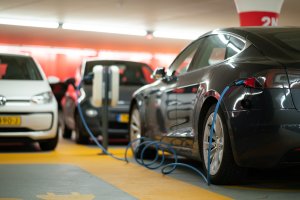
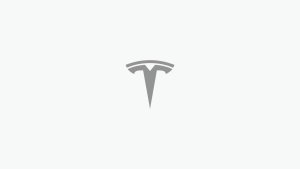
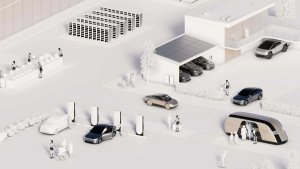
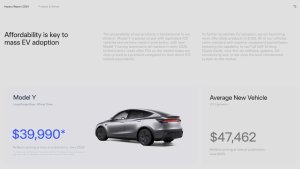
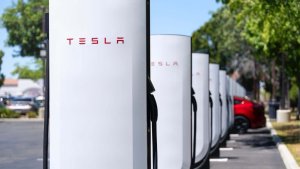
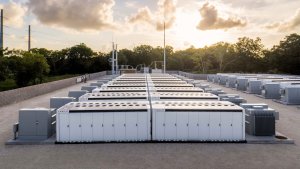
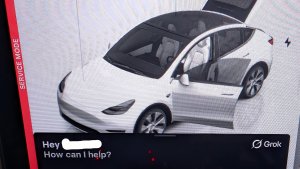
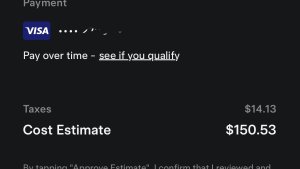
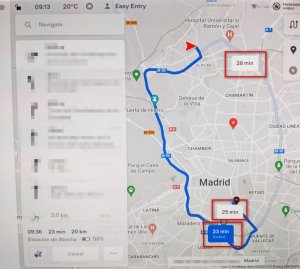

![Elon talks about Twitter and job cuts at Bloomberg forum [video]](https://www.notateslaapp.com/images/news/2022/elon-musk-qatar-forum_300w.jpg)
